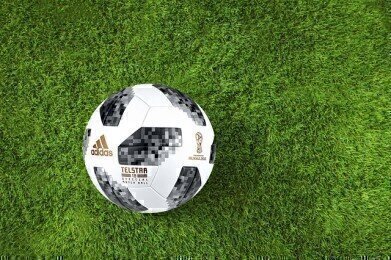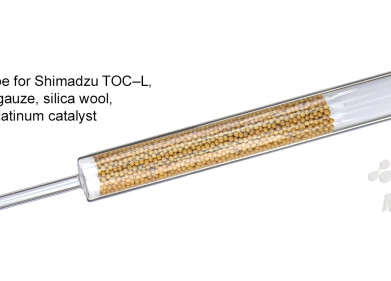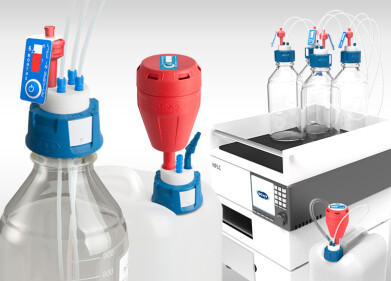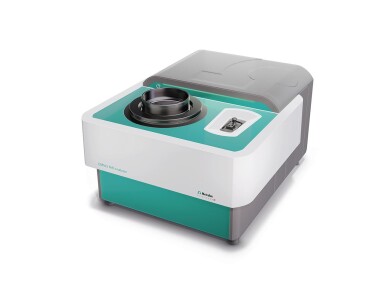Laboratory Products
How Was the 2018 World Cup Ball Tested?
Jul 13 2018
Come Sunday, all eyes will be on Moscow's Luzhniki Stadium as France and Croatia battle it out for football's most prestigious trophy. While talent and teamwork will play a pivotal role in securing victory, there's also been plenty of science poured into the tournament. Specifically, the all-important ball.
Adidas has been manufacturing official FIFA World Cup balls for decades, starting with the official Telstar Elast in 1970. For Russia's 2018 World Cup tournament the iconic sportswear brand launched the Telstar 18, a reimagined version of the 1970 original.
Introducing the Telstar 18
“The construction also provides enhanced power distribution and consistent response when struck,” boasted Adidas in an official statement. “The surface texture further optimises the ball’s flight, touch and surface glide.”
While it may look like a conventional soccer ball, Adidas has spent years perfecting the design.
“You could argue that it’s the most important piece of equipment in the most popular sport in the world,” says John Eric Goff, a physicist at Virginia's University of Lynchburg.
Exceptional aerodynamism
From an aerodynamic perspective, strikers are in luck when it comes to the Adidas Telstar 18. Goff asserts that the ball is similar to the Adidas Brazuca used in Brazil's 2014 tournament, which offered exceptional speed and accuracy. That said, due to six panels and 30% more seams that the Brazuca, the Telstar 18 will cover up to 10% less distance when kicked at high speeds.
To further explore the flight properties of the Telstar 18 Goff and his team measured the airflow around a stationary ball placed in a wind tunnel. This allowed them to observe the thin layer of air that hugs the ball as it travels at high speeds, as well as the turbulent currents that flow toward the back of the ball. They discovered that thanks to a streamlined design the ball undergoes its drag crisis and transitions to laminar flow at a lower speed of 38 miles an hour, which means the effect only kicks in for corner kicks and long passes.
Criticism from keepers
Despite its accolades goalkeepers were quick to criticise the ball, with Spaniards David de Gea describing it as "strange" and Pepe de Reina warning "goalkeepers are going to have a lot of problems with this ball." There have also been complaints that it's flighty and hard to grip.
From testing the aerodynamism of World Cup balls to conducting highly regulated Life Sciences research, modern laboratories call for advanced equipment. For a closer look at the growing popularity of fluorescence-based analytical methods don't miss 'New Confidence in Fluorescence - Developments in Instrument Qualification.
Digital Edition
Lab Asia 31.2 April 2024
April 2024
In This Edition Chromatography Articles - Approaches to troubleshooting an SPE method for the analysis of oligonucleotides (pt i) - High-precision liquid flow processes demand full fluidic c...
View all digital editions
Events
Apr 22 2024 Marrakech, Morroco
Making Pharmaceuticals Exhibition & Conference
Apr 23 2024 Coventry, UK
Apr 23 2024 Kintex, South Korea
Apr 23 2024 Seoul, South Korea
Apr 24 2024 Jakarta, Indonesia













.jpg)




